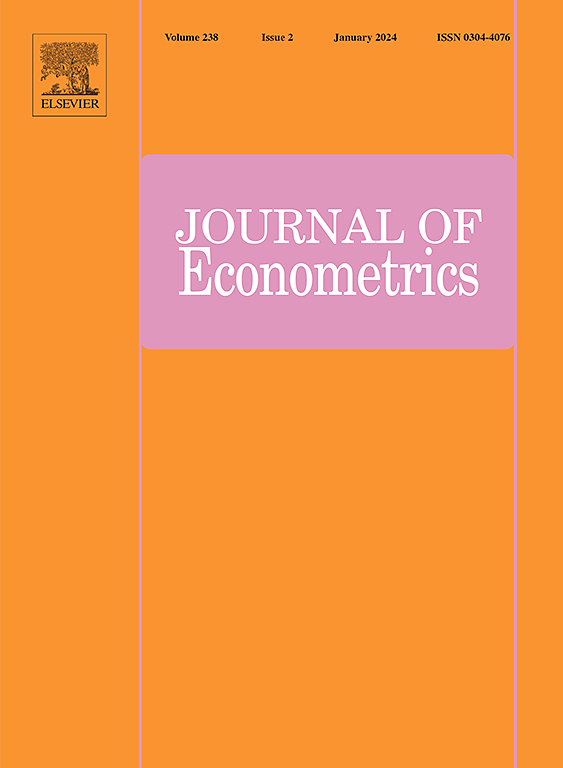Fast computation of exact confidence intervals for randomized experiments with binary outcomes
IF 4
3区 经济学
Q1 ECONOMICS
引用次数: 0
Abstract
Given a randomized experiment with binary outcomes, exact confidence intervals for the average causal effect of the treatment can be computed through a series of permutation tests. This approach requires minimal assumptions and is valid for all sample sizes, as it does not rely on large-sample approximations such as those implied by the central limit theorem. We show that these confidence intervals can be found in permutation tests in the case of balanced designs, where the treatment and control groups have equal sizes, and permutation tests in the general case. Prior to this work, the most efficient known constructions required such tests in the balanced case (Li and Ding, 2016), and tests in the general case (Rigdon and Hudgens, 2015). Our results thus facilitate exact inference as a viable option for randomized experiments far larger than those accessible by previous methods. We also generalize our construction to produce confidence intervals for other causal estimands, including the relative risk ratio and odds ratio, yielding similar computational gains.
具有二元结果的随机实验精确置信区间的快速计算
给定一个具有二元结果的随机实验,可以通过一系列排列检验计算出治疗的平均因果效应的精确置信区间。这种方法需要最小的假设,并且对所有样本量都有效,因为它不依赖于像中心极限定理所暗示的大样本近似。我们表明,在平衡设计的情况下,这些置信区间可以在O(nlogn)个排列检验中找到,其中实验组和对照组的大小相等,而在一般情况下,可以在O(n2)个排列检验中找到。在这项工作之前,最有效的已知结构在平衡情况下需要O(n2)这样的测试(Li和Ding, 2016),在一般情况下需要O(n4)测试(Rigdon和Hudgens, 2015)。因此,我们的结果促进了精确推理,作为随机实验的可行选择,比以前的方法所能达到的要大得多。我们还概括了我们的结构,以产生其他因果估计的置信区间,包括相对风险比和优势比,产生类似的计算收益。
本文章由计算机程序翻译,如有差异,请以英文原文为准。
求助全文
约1分钟内获得全文
求助全文
来源期刊

Journal of Econometrics
社会科学-数学跨学科应用
CiteScore
8.60
自引率
1.60%
发文量
220
审稿时长
3-8 weeks
期刊介绍:
The Journal of Econometrics serves as an outlet for important, high quality, new research in both theoretical and applied econometrics. The scope of the Journal includes papers dealing with identification, estimation, testing, decision, and prediction issues encountered in economic research. Classical Bayesian statistics, and machine learning methods, are decidedly within the range of the Journal''s interests. The Annals of Econometrics is a supplement to the Journal of Econometrics.
 求助内容:
求助内容: 应助结果提醒方式:
应助结果提醒方式:


